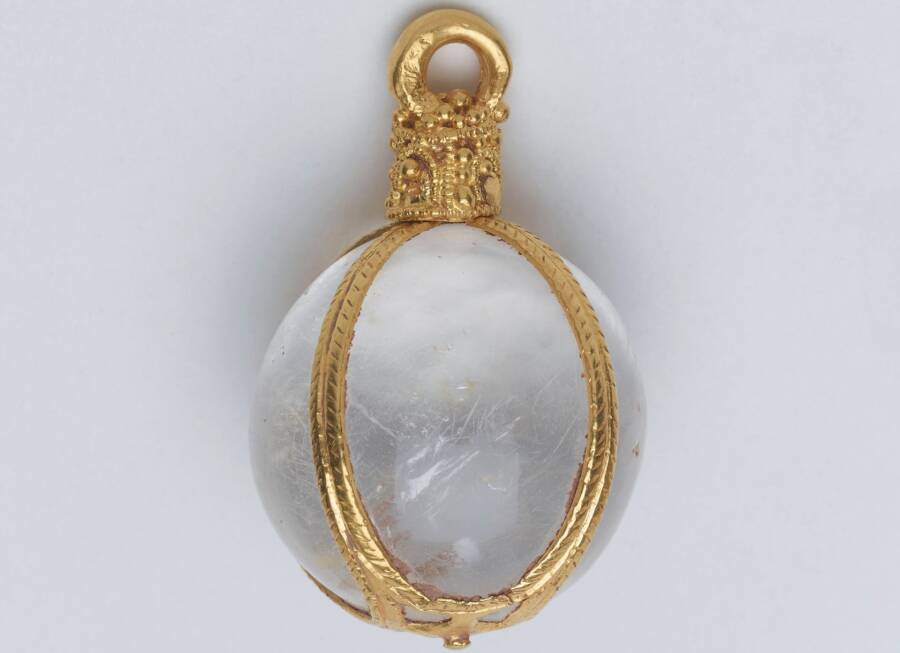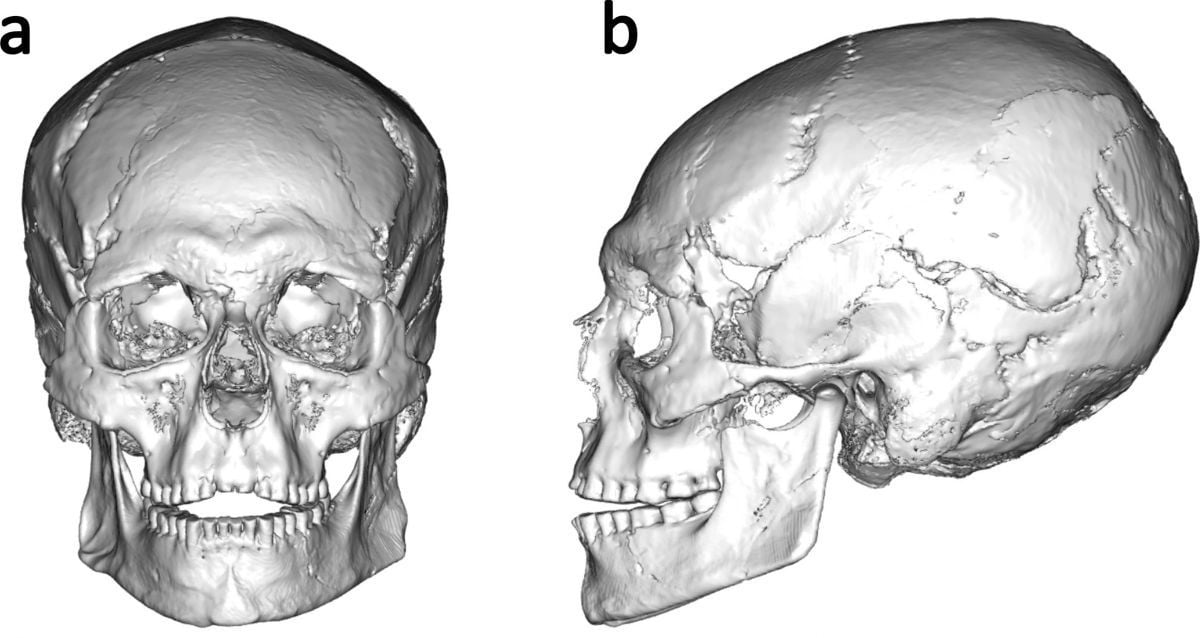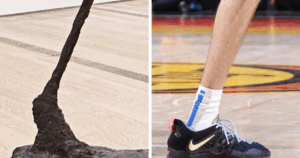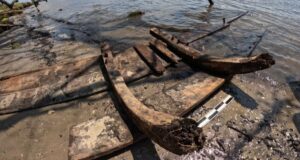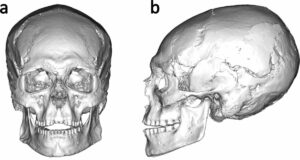Viking Fortune Turns to Legal Fiasco: Treasure Finders Headed to Prison
Among the coins were extremely rare “two emperor” coins depicting two Anglo-Saxon rulers: King Alfred of Wessex and Ceolwulf II of Mercia. The two emperor coins were unofficially valued at more than $128,000 per coin by one expert who was contacted by the detectorists. In total, the Herefordshire haul was worth an estimated $3.8 million.
The old coins are historically significant because they give us insight into the situation in Wessex and Mercia, and how they were ruled when England was evolving into a single united kingdom.
Evidence of both kings on the two emperor coins suggests they had formed a pact. But it seems the alliance didn’t last long since the coins are so rare, suggesting King Alfred — the more prominent of the two figures — reneged on the deal.
There’s also the location of the treasure to consider. The fact that they were found near Leominster suggests that part of the Viking army, who were believed to have used Ceolwulf II as a political puppet, was in the area after their defeat in Wiltshire in 878.
Combined with another Anglo-Saxon treasure haul found in the same area by different metal detectorists, these finds are more than just relics.
“The two hoards together are fundamentally changing our view of history,” said Gareth Williams, an Anglo-Saxon and Vikings specialist at the British Museum. “These coins are encouraging us to go back to the written sources and re-examine them.”
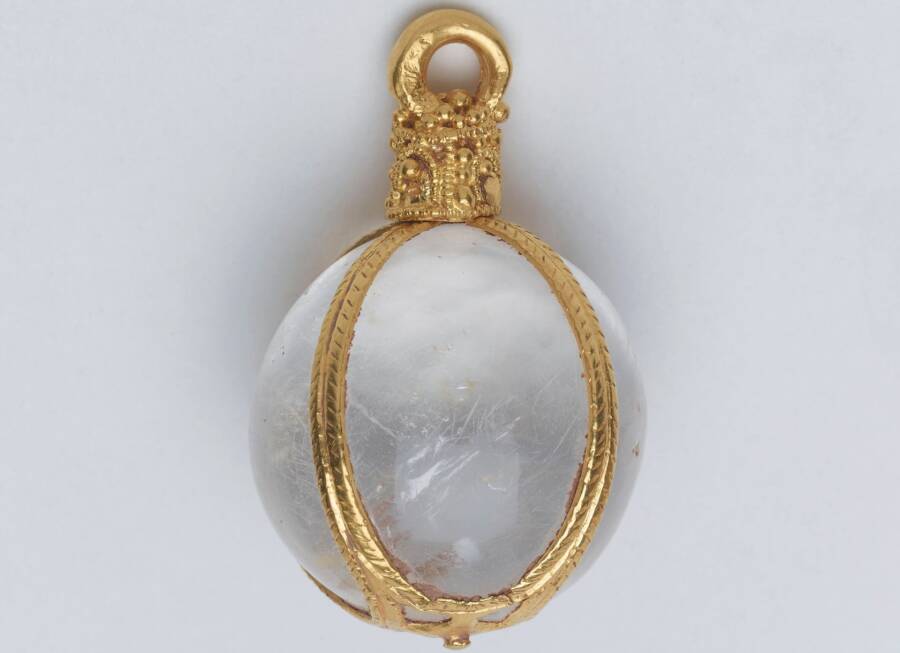
British Museum/PAThe crystal ball pendant, the oldest item in the treasure haul, dates back to the 5th or 6th century.
Soon after Powell’s and Davies’ discovery, word spread of their priceless haul. The treasure hunters received their first visit from local authorities about a month after their discovery, when Herefordshire Finds Liaison Officer Peter Reavill contacted Powell and Davies, and gently asked if they had anything to tell him.
